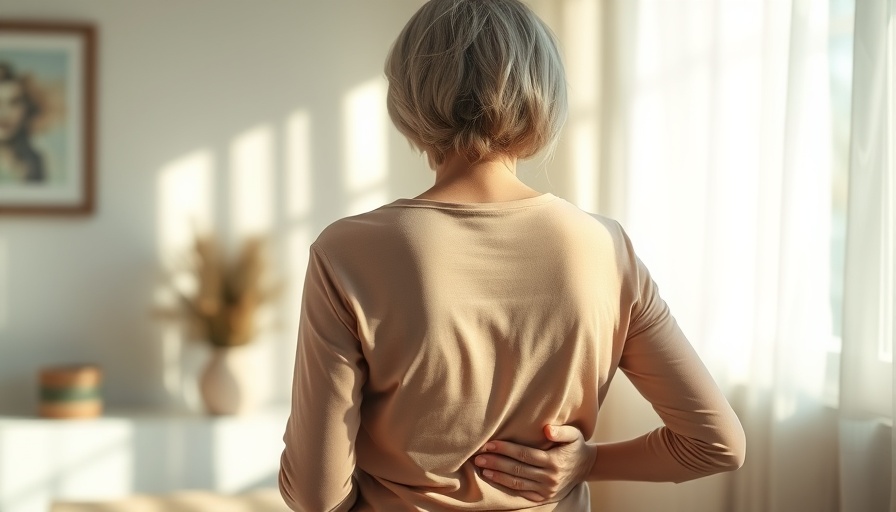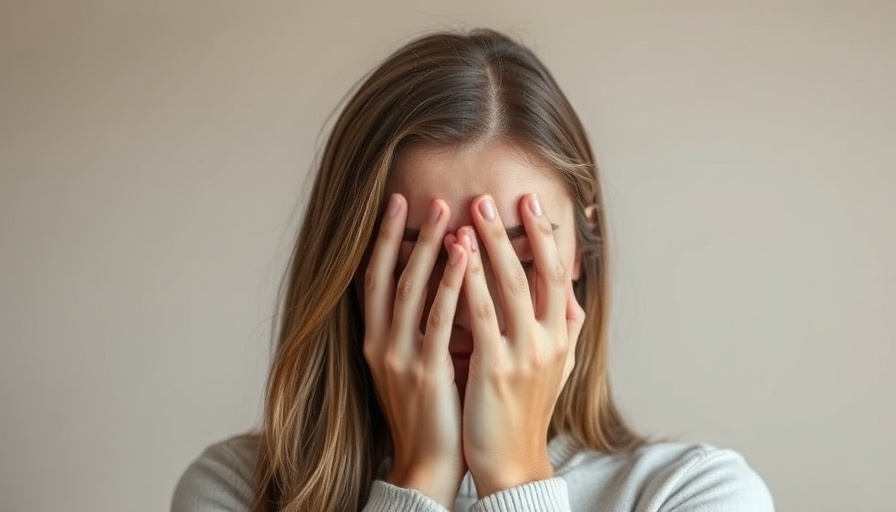
Recognizing Early Signs of Muscle Loss in Women
As women age, muscle loss becomes a significant concern. Starting around the age of 30, muscle mass begins to decline by approximately 3-8% every decade, accelerating further post-60. Beyond the natural aging process lies a daunting reality: sarcopenia, characterized by dramatic muscle loss, which poses long-term risks to health and quality of life.
Why Protein and Physical Activity Matter
A recent study highlights the importance of monitoring two key lifestyle factors: protein intake and physical activity. These elements are not just indicators of health; they are lifelines against sarcopenia. Women, in particular, may find themselves at greater risk, making it essential to focus on maintaining adequate protein levels and an active lifestyle.
Risk Factors and Lifestyle Changes
Research indicates that a lack of protein can lead to faster muscle degradation, particularly as hormonal changes associated with menopause set in. Pairing this with a sedentary lifestyle can significantly exacerbate the risk of losing muscle at a premature age. Thus, prioritizing physical activity and nutrition is vital for sustaining muscle health.
Practical Insights for Women Over 30
For women navigating their 30s and beyond, practical steps can help mitigate muscle loss:
- Increase protein intake: Aim for 20-30 grams of high-quality protein per meal to keep muscle synthesis active.
- Embrace strength training: Engaging in weight-bearing exercises at least twice a week will stimulate muscle growth.
- Stay active daily: Incorporate movement into your day, such as walking or other enjoyable physical activities.
With these conscious choices in nutrition and exercise, women can better combat the early signs of muscle loss and enhance their quality of life.
 Add Row
Add Row  Add
Add 




Write A Comment